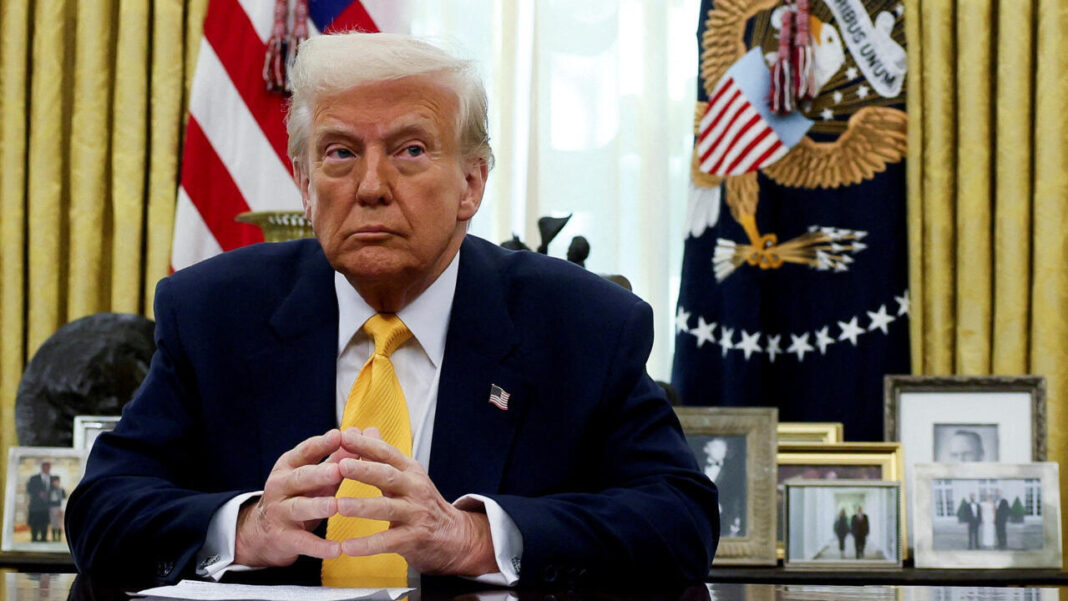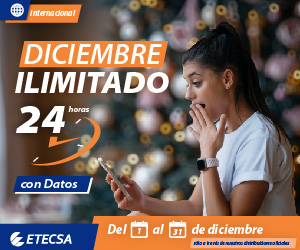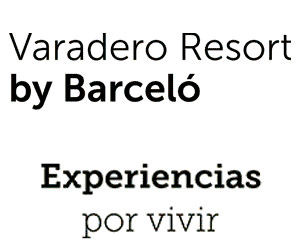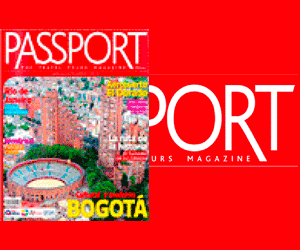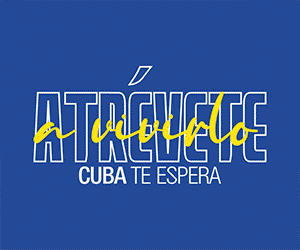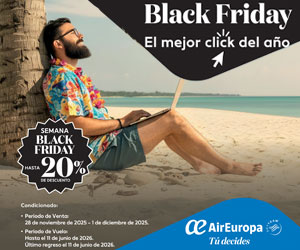Are the recently announced Trump tariffs on Central America actually fair? We take a look at the actual trade numbers between Central America and the U.S.
Donald Trump’s self-styled “Liberation Day” tariffs, announced yesterday, bring a 10% baseline to all U.S. imports from Central America (well, six countries from Central America plus 18% for Nicaragua) set to start in the next few days. He claims these rates are in response to the high tariffs the region charges U.S. goods, like Costa Rica’s 17% or Nicaragua’s 36%.
But is this true? How did they work this out? Because their numbers don’t really appear to align with the actual trade picture, where the United States runs a trade surplus with the region, not a deficit. So what does Central America send to the U.S. versus what the U.S. sends back, and do the tariffs hold up as fair? Let’s look at the numbers.
Central America’s Exports to the U.S.
Central America depends on the U.S. market. Here’s what the region sends north, per 2022-2023 data:
Belize: Sugar, citrus fruits, bananas, clothing.
Costa Rica: Medical instruments, tropical fruits. ($9.5 billion total)
El Salvador: Apparel, textiles, coffee, sugar ($2.5 billion total).
Guatemala: Apparel, coffee, sugar, bananas ($3.5 billion total).
Honduras: Apparel, coffee, bananas, shrimp ($4.5 billion total).
Nicaragua: Coffee, beef, sugar, apparel.
Panama: Gold, refined petroleum, bananas ($1.5 billion total).
The U.S. buys 40-50% of these exports, making it the top market, according to World Bank figures.
U.S. Exports to Central America
The U.S. sends more goods south than it imports. Key exports include:
Belize: Machinery, electronics, processed foods.
Costa Rica: Machinery, electronics, agricultural products.
El Salvador: Textiles, machinery, electronics ($832 million in agriculture in 2022).
Guatemala: Agricultural products ($1.9 billion in 2024), machinery, electronics.
Honduras: Agricultural products ($1.4 billion in 2022), machinery, electronics.
Nicaragua: Machinery, electronics, agricultural products.
Panama: Machinery, electronics, agricultural products.
In 2023, U.S. exports to South and Central America hit $200.27 billion against $145.27 billion in imports, a $54.38 billion surplus, per Bureau of Economic Analysis data. CAFTA-DR’s 2022 figures show a $12.7 billion U.S. goods surplus with its six members (Costa Rica, El Salvador, Guatemala, Honduras, Nicaragua, Dominican Republic).
Trump’s Tariff Formula and Claims
Trump’s tariffs stem from a formula: take the U.S. goods trade deficit with a country, divide it by total imports from that country, and halve the result. China’s $295 billion deficit on $440 billion in imports yields 67%, halved to 34%. The EU gets 20% from a $235.6 billion deficit. But Central America has no deficit, only a surplus. So why 10% for Belize, Guatemala, Honduras, El Salvador, and Panama; 17% for Costa Rica; and 36% for Nicaragua?
His chart claims these reflect tariffs Central America charges: 10% for most, 17% for Costa Rica, 36% for Nicaragua. CAFTA-DR and Panama’s FTA keep U.S. goods duties near zero, though. World Bank 2022 data shows Costa Rica at 4.07%, Guatemala at 2.40%, Honduras at 2.11%, El Salvador at 1.77%, Belize at 12.02%, and Panama at 12% (87% of U.S. goods duty-free). Nicaragua’s tariff isn’t clear, but it’s not 36%.
Import Taxes: The Hidden Factor?
There’s no doubt that imported goods are expensive in Central America. Anyone who lives in the region can testify to that. But these are often due to import taxes beyond straight tariffs. Here’s how they stack up:
Belize: Tariffs 0-45% (average 12.02%), plus 12.5% VAT.
Costa Rica: Tariffs average 4.07% (up to 17% on some goods), plus 13% VAT.
El Salvador: Tariffs up to 15%, many U.S. goods duty-free, plus 13% VAT.
Guatemala: Tariffs 0-15%, many U.S. goods duty-free, plus 12% VAT.
Honduras: Tariffs 0-15%, plus 15% VAT.
Nicaragua: Tariffs up to 15%, most U.S. goods duty-free, plus 15% VAT.
Panama: Tariffs average 12%, 87% of U.S. goods duty-free, plus 7% VAT.
VAT hits all imports, not just U.S. ones, and ranges from 7% to 15%. Combined with tariffs, this can push costs up significantly—clothes, electronics, and cars often cost far more here than in the U.S. And we haven’t even mentioned the cost of decent cheese! Trump’s team might argue these total import taxes (tariffs plus VAT) justify his rates, seeing them as barriers to U.S. exports. For example, Nicaragua’s 15% VAT plus potential tariffs could near his 36% claim if stretched, though CAFTA-DR zeroes most U.S. duties.
Fairness on the Table
Bottom line is Trump’s formula doesn’t fit a surplus trade. Central America exports less to the U.S. than it imports from the U.S., which dominates with machinery and agriculture. His tariff claims overshoot actual duties: Costa Rica’s 4% isn’t 17%, and import taxes like VAT aren’t U.S.-specific barriers. The UK, also surplus running, got 10%, showing the formula’s flaws. Central America’s trade, open under CAFTA-DR, doesn’t justify these rates as reciprocal.
The Bottom Line
Trump’s tariffs rely on a deficit that isn’t there and inflate Central America’s low tariffs on U.S. goods. Import taxes make goods pricey here, but they don’t target the U.S. or match Trump’s numbers. With a surplus favoring America, the region’s exports face rates that don’t reflect the trade balance. Fairness falters when the data doesn’t back the policy. (https://www.centralamerica.com/opinion/are-trump-tariffs-on-central-america-fair/)





















